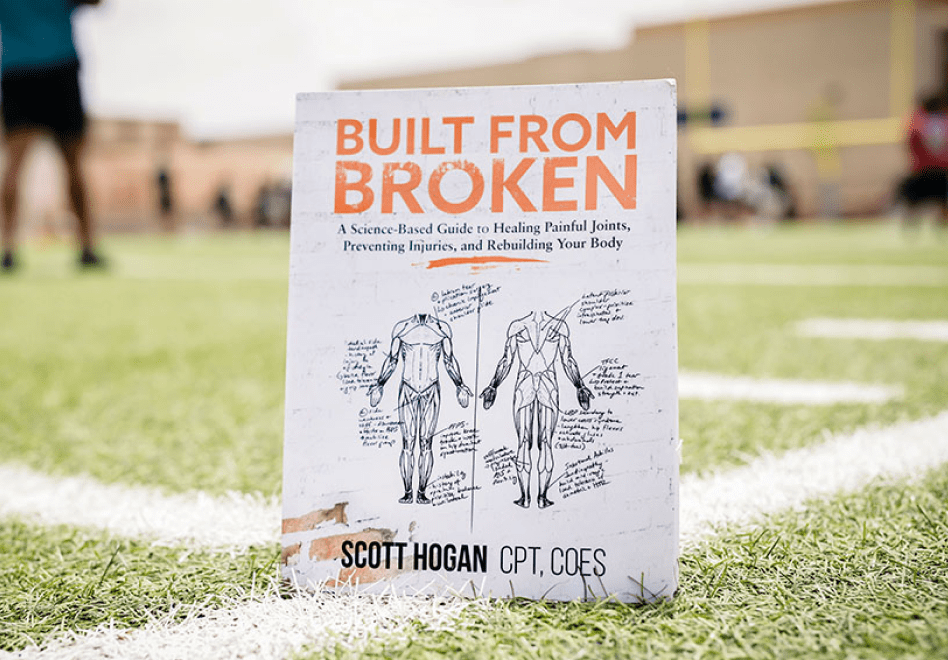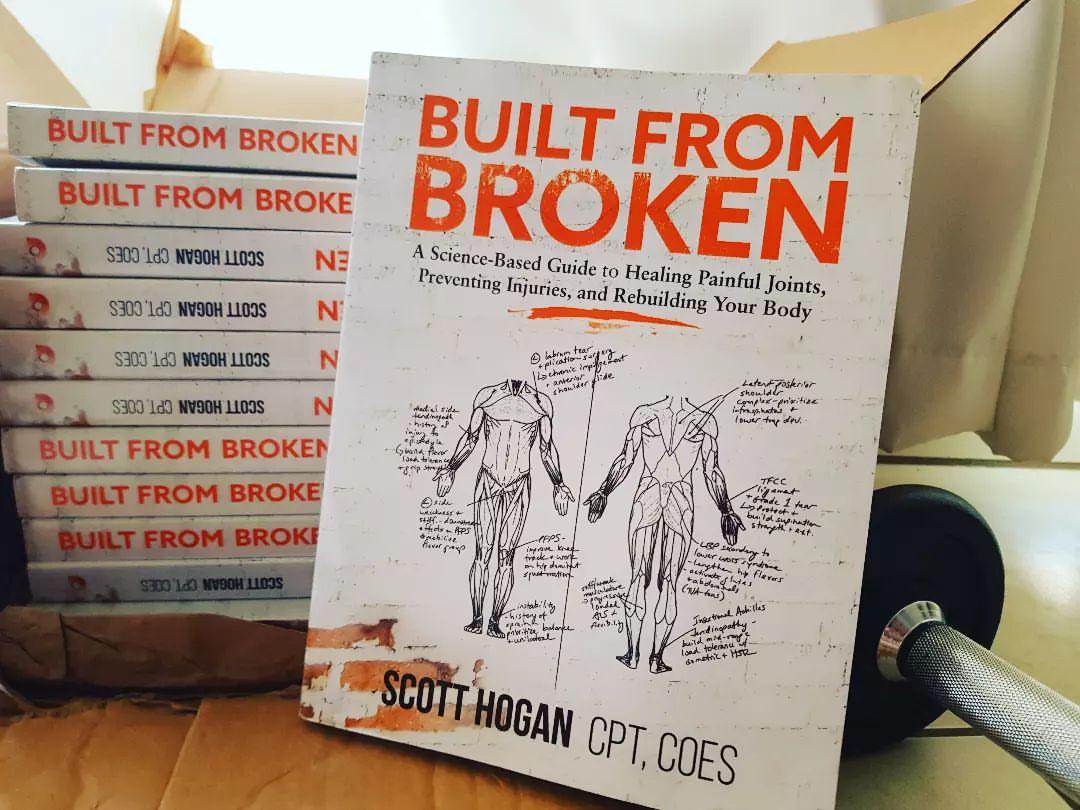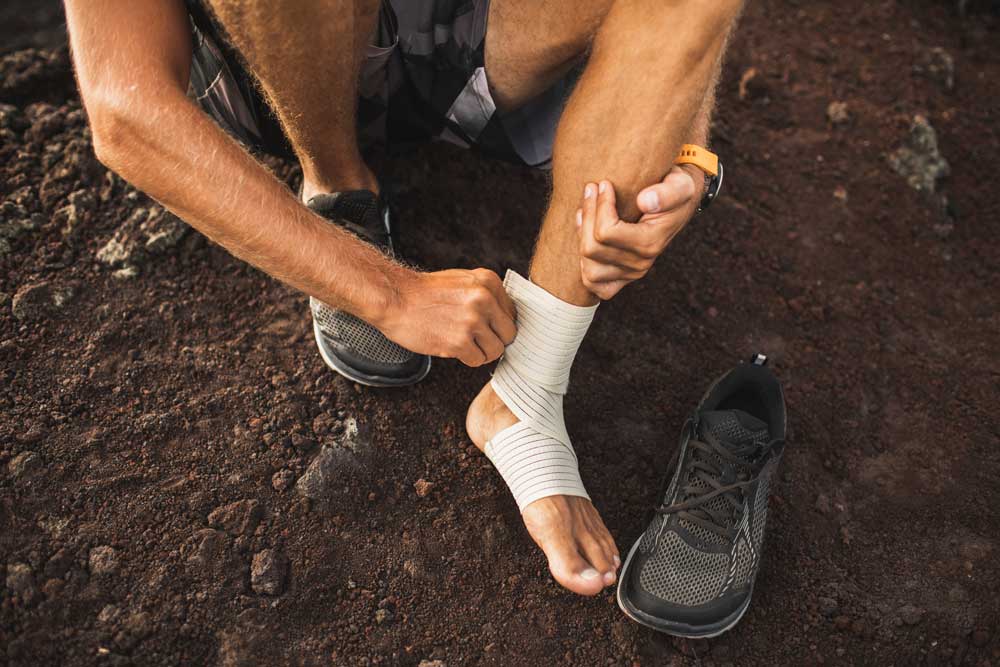
Be built (to last).
The right supplements can help you recover naturally and build a resilient body.
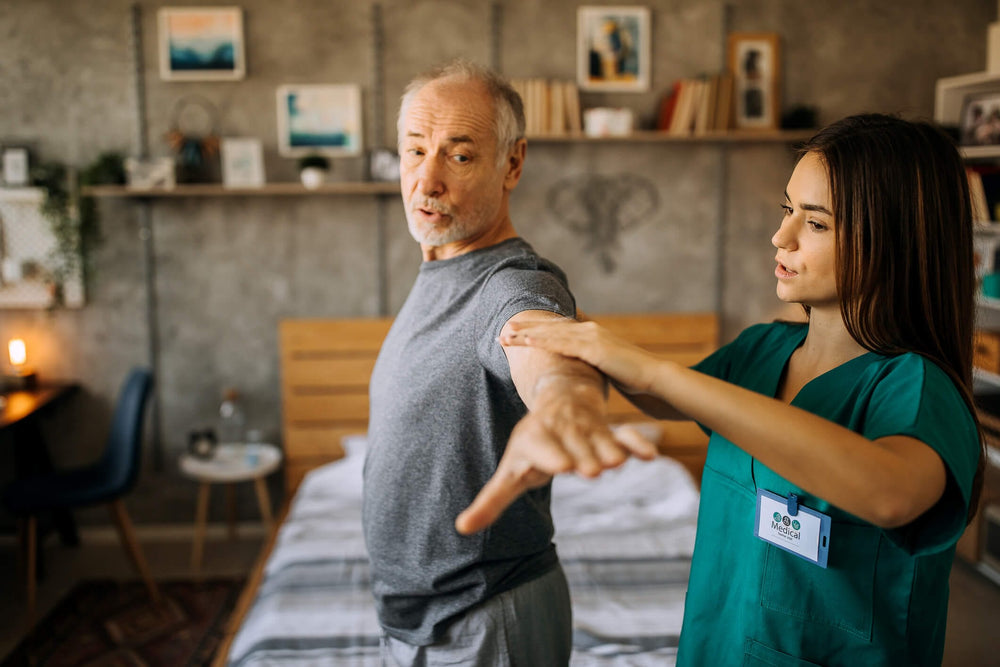
Supplement Quiz
Take this short quiz to discover the perfect supplements for your needs and goals.
About SaltWrap
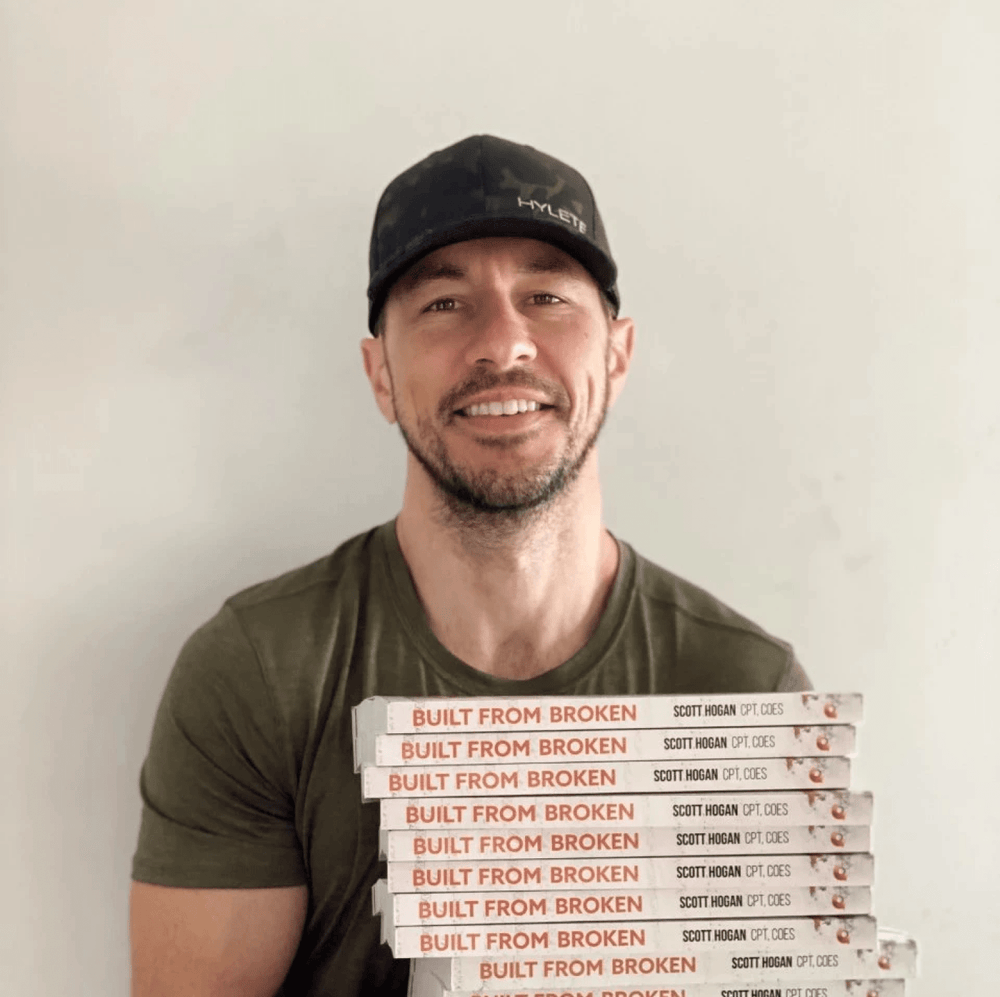
Built from Broken
Get the best-selling book from SaltWrap founder, Scott Hogan, and start rebuilding today.
How To Bridge the Gap Between Function & Performance

By Alaina Curry, DPT
Most people don’t seek a physical therapist when everything feels fine. They work with a physical therapist when they’re injured, recovering from an injury, or otherwise in pain.
Once the pain is gone and function is restored, the appointments usually stop.
It makes sense. But there’s a big problem with this approach. Many people aren’t aware of it. Yet most physical therapists face it — and do their best to solve it — every day.
The problem is that, when it comes to the word “function,” there’s a lot of gray area.
What does “restoring function” really mean?
To a patient, it might mean their knee can finally bend again after surgery. To an orthopedic surgeon, it likely means getting an injured body part back to performing as it did before the injury.
Yet to insurance, “restoring function” might hinge on a cost breakdown rather than a definition. (Ex: “On average, injury X is sufficiently rehabilitated within Y sessions, so only Y visits are covered.”)
It’s bad enough that “function” has a slippery definition. But for me, the even bigger problem is that the concept of optimizing performance — helping the body part work better than it did before — is rarely considered.
This can create a major gap between function and performance for many patients.
In this article, I’ll show you what this gap is, and how you can bridge it. But first, you need to understand the three levels of performance most patients fall into — and how they influence the gap I’m going to tell you about.
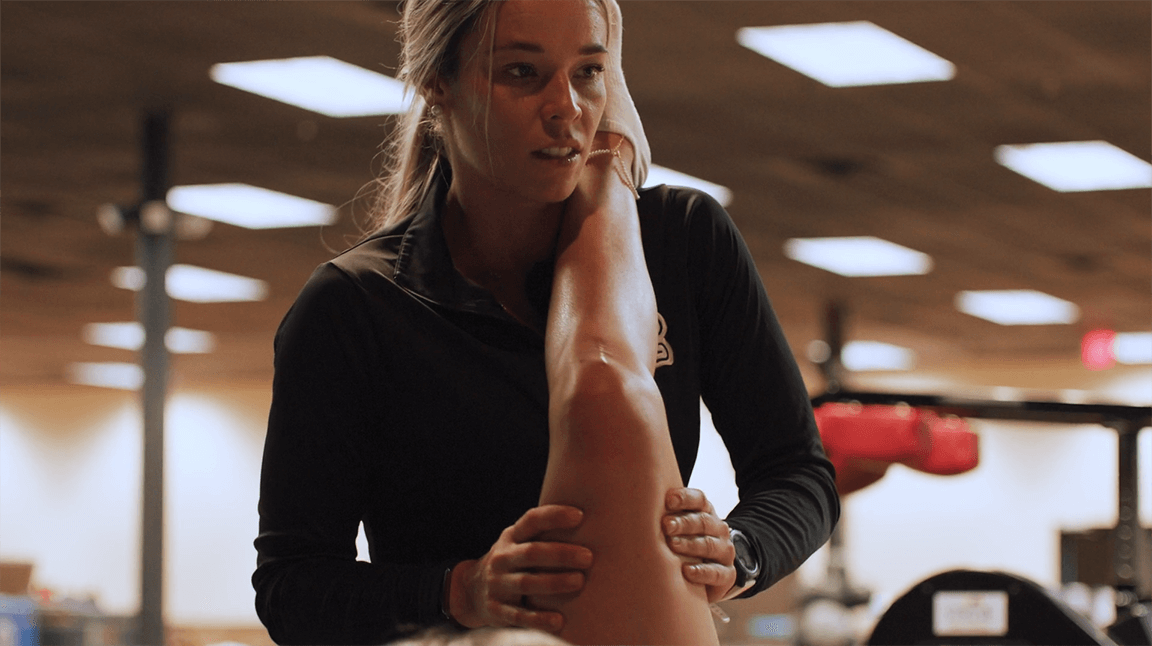
The 3 Levels of Rehabilitative Performance
When it comes to rehabilitation, there are three main levels of performance most patients typically strive to achieve: activities of daily living, recreational activities, and competitive activities.
Activities of Daily Living
Activities of daily living, or ADLs, are exactly what they sound like. They are the essential physical tasks you perform during a typical day.
Things like:
• Getting up out of bed
• Putting on your shoes
• Reaching for things in a kitchen cabinet
• Walking the dog
• Taking out the trash
• Bending over to load the dishwasher
• Climbing stairs or stepping up a curb
• Getting in and out of a car
• Showering, etc.
These aren’t particularly exciting things. We tend to take them for granted.
But if you’ve ever had to rehab from a serious injury, then you know how exciting it can be to return to being able to perform even the most mundane ADLs unassisted.
Recreational Activities
These are the physical activities that we enjoy. They aren’t essential to living in the same sense as ADLs. But I’d argue that they’re essential to living to the fullest.
We don’t want to give them up if we don’t have to.
These can include daily walks out in nature, taking your dog to the park, playing tennis with friends, or hitting the gym. They’re the physical activities we perform regularly because we want to.
Just about every physical therapy patient who comes to see me has a recreational activity they do regularly that they’d like to get back to as soon as possible.
Competitive Activities
These are physical activities performed at a competitive or even elite level. They’re a level beyond recreational activities because they’re typically more intense.
For instance, let’s say you play in a recreational sports league. Yes, you do it because it’s fun. But the goal isn’t just to have a good time — you want to win!
Of course, professional athletes are on another level because their livelihood depends on their ability to perform physically.
A professional hockey player in his prime won’t be pleased with just getting back to ADLs after knee surgery. He’ll want to get back on the ice as soon as possible.
And he’ll want to perform as well as he did before the injury.
Ideally, he’ll strive to perform even better.
The Gap Between Function and Performance
You can probably see where the gaps start to emerge.
When talking about restoring function, it’s typically in the context of the patient returning to ADLs unassisted.
For instance, someone who had major hip surgery will undergo physical therapy to help them achieve independent ADLs. These include basic things like getting up out of bed, sitting down in a chair, and walking unassisted. It’ll also include activities outside of the home, like getting in and out of a car or stepping up or down a curb.
For many patients, it’s about regaining independence. In most cases, that starts with returning to ADLs.
But what happens after that?
The same patient who successfully achieves their functional goal of performing independent ADLs during their “standard course of physical therapy” is often left with limitations — and even deficits — in their daily lives.
This is typically the case when it comes to recreational activities. The things that make life fun.
Let’s go back to the example of the person who had major hip surgery. Suppose they were an avid fitness enthusiast. A yoga practitioner. A kickboxer. Maybe they loved paddleboarding on the weekends, too.
Sure, they may be able to perform ADLs around the house and drive to work after finishing their standard course of physical therapy. But they may not be able to participate in the activities they love. Or if they can, it may be on an extremely limited basis.
They’ll likely need to continue physical rehabilitation to restore their quality of life to pre-injury levels.
What about competitive or professional athletes?
As you can imagine, their need for continued physical rehab is even greater. This is where the gap between function and performance — and elite performance — becomes a major part of the equation.
Fortunately for professional athletes, in many instances, returning to their sport is seen as an ADL. It’s how they make a living and is considered essential. In some cases, an organization (ex: a professional sports team) will provide insurance or otherwise cover the cost of any therapy they need.
But for the real estate agent who just wants to be able to go paddleboarding on weekends again?
Unfortunately, they’re often at the mercy of their insurance. Without getting on too big a soapbox here, it’s easy to see how insurance is often the main culprit in creating or widening the gap between function and performance.
Suppose insurance says, based on their proprietary data, that an MCL tear can be rehabbed in 10 visits. In most cases, that’s the maximum number of sessions they will cover. Period.
That means the physical therapist has a finite number of visits to make the most progress possible. You might be asking, “but isn’t that their job anyway?”
Of course.
But it would be a stretch to expect even the best physical therapists on the planet to take someone from physically limited — or worse, disabled — to functional… to independent (ADLs)… to ready to return to recreational activities in just a handful of visits.
And it would be borderline crazy to expect them to bring someone back to the competitive level they were at — or better — before injury in a handful of sessions.
In the end, this is all bad news for the patient.
It sounds obvious, but everyone is different. We all heal and make physical progress at different rates.
Even the most diligent patients who do all their “homework” (take-home exercises, etc.) will see different rates of recovery.
This applies to ultra-elite athletes, too.
If you looked at two high-level athletes who were virtually identical in age and physical abilities, you’d likely observe two unique and distinct recovery experiences for the same injury.
So, how do we go about bridging the gap between function and performance post-injury?
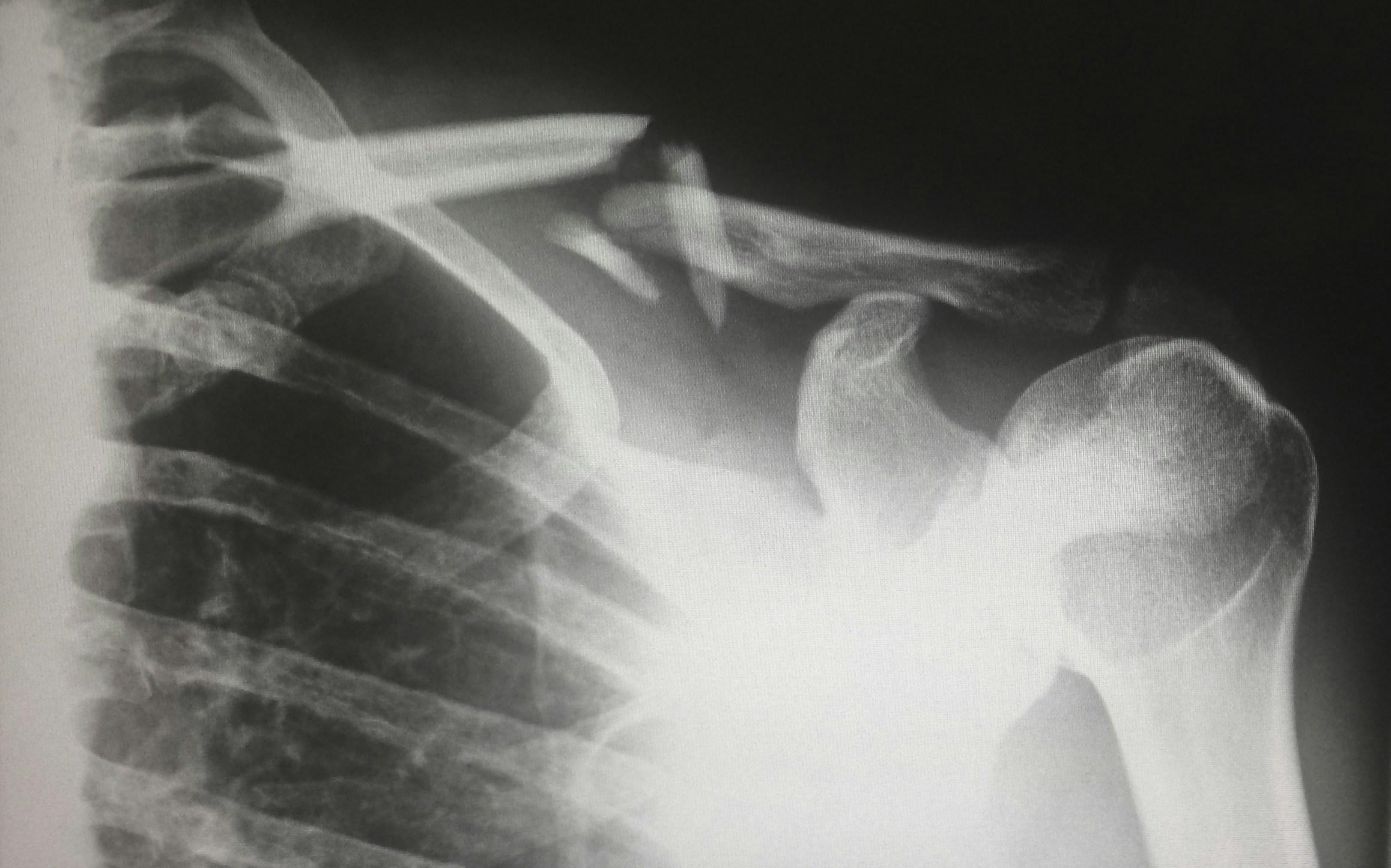
How To Bridge the Gap
Unless you’re a professional athlete or are in a very physically demanding line of work, you will likely be at the mercy of your insurance policy. Unfortunately, that usually translates to providing you with, “the bare minimum necessary to restore function and return to ADLs.”
That’s the bad news.
The good news is that there are ways to bridge the gap so that you can not only return to doing the activities you love after an injury, but perhaps even reach new levels of performance.
Self-Pay Care
Just because you may have been discharged from your physical therapy care doesn’t mean you couldn’t likely still benefit from continued sessions to address deficits that are keeping you from your full potential.
A growing number of physical therapists realize this, which is why so many professionals — myself included — are moving to the private, self-pay realm.
This is a double-edged sword.
Yes, you are potentially limiting some individuals’ access to care. And that is extremely unfortunate. However, a higher quality of services offered on the path from function to performance is virtually guaranteed. It also shifts the end goal to optimizing performance rather than only restoring function to the point where you can complete ADLs.
On the bright side, some providers in this space understand the demand and need for higher-level physical therapy and maintenance therapy. There is a growing base of active individuals who want to improve performance — and maintain their health and fitness — as much as possible.
And insurance may finally be catching on.
Corrective Exercise
It’s always a good idea for patients to make a plan with their provider for a home exercise program. This is usually distributed at discharge from physical therapy as well. But always keep the door open with your healthcare provider.
Physical injuries and ailments don’t always improve in a linear fashion. Unfortunately, it is common to see setbacks during recovery as we try to push ourselves to get back to our full potential. So, you’ll want to have your physical therapist, chiropractor, movement coach, medical exercise specialist, etc., prepare a guide for you to take home after you “graduate.” Even if it’s just something to have at your disposal in the event of a setback.
Think of it like this: if you were working with a nutritionist on a weight loss journey, wouldn’t you want a take-home diet plan from them?
This is why I often provide at-home corrective exercises for those patients in the early or late stages of rehab. The more diligent you can be with at-home exercises, the better.
Our bodies are amazing in that they will always find a way to move efficiently and minimize pain. However, this can lead to problematic imbalances — and even overcompensations — that will make an injury worse or create new pain.
I’ve seen many patients come to me with previous injuries that were rehabbed, yet they are still in pain or otherwise unhappy with their quality of life. This can be years after they “successfully” rehabbed an injury.
In many cases, it is worth the investment to be evaluated by a movement expert so that you can unlock proper movement mechanics.
I always recommend working with a professional whenever possible. But there’s plenty you can do on your own as well. When it comes to at-home corrective exercise, SaltWrap founder Scott Hogan has written what might be the definitive guide.
It’s called Built From Broken.
This award-winning corrective exercise book shows you the step-by-step process for managing joint pain naturally and rebuilding your body from the ground up.
If you want to optimize recovery and performance, I highly recommend you check it out.
Putting It All Together
An injury can lead to a significant loss of function in everyday life. If you’ve had this experience, you likely had a course of physical therapy that got you back on your feet doing normal activities of daily living and returning to work.
Unfortunately, if you’re not a professional athlete or don’t have a very physically demanding job, your path to playing pickleball five times a week or participating in your next half marathon may be a difficult one. And not just because of the injury itself.
In some cases, it may be up to you to bridge the gap between recovery and performance.
Luckily, you have some options.
Corrective exercise is something every athlete and active person should familiarize themselves with. Even the most basic corrective exercise concepts can pay dividends in terms of recovery, performance, and longevity. There are plenty of great at-home solutions available, but I recommend you start with Built From Broken.
Self-pay options allow you to continue quality rehab with a professional who can guide you every step of the way. This can be an invaluable resource when it comes to optimizing performance and even preventing future setbacks.
While there are many self-pay options, they may not be accessible to everyone because of location or cost considerations. Thankfully, many health professionals are starting to offer higher-level in-person rehab services and individualized home programs based on virtual assessments.
Some, myself included, are starting to offer telehealth services to patients all over the world.
While somewhat more limited than a traditional in-person session, this allows virtually anyone with an internet connection access to some of the most elite professionals in the fields of rehab, movement, and athletic performance.
Want more information on working directly with the SaltWrap Clinical Advisory Board as it becomes available?
Click the button in my bio (below) to stay in the loop.
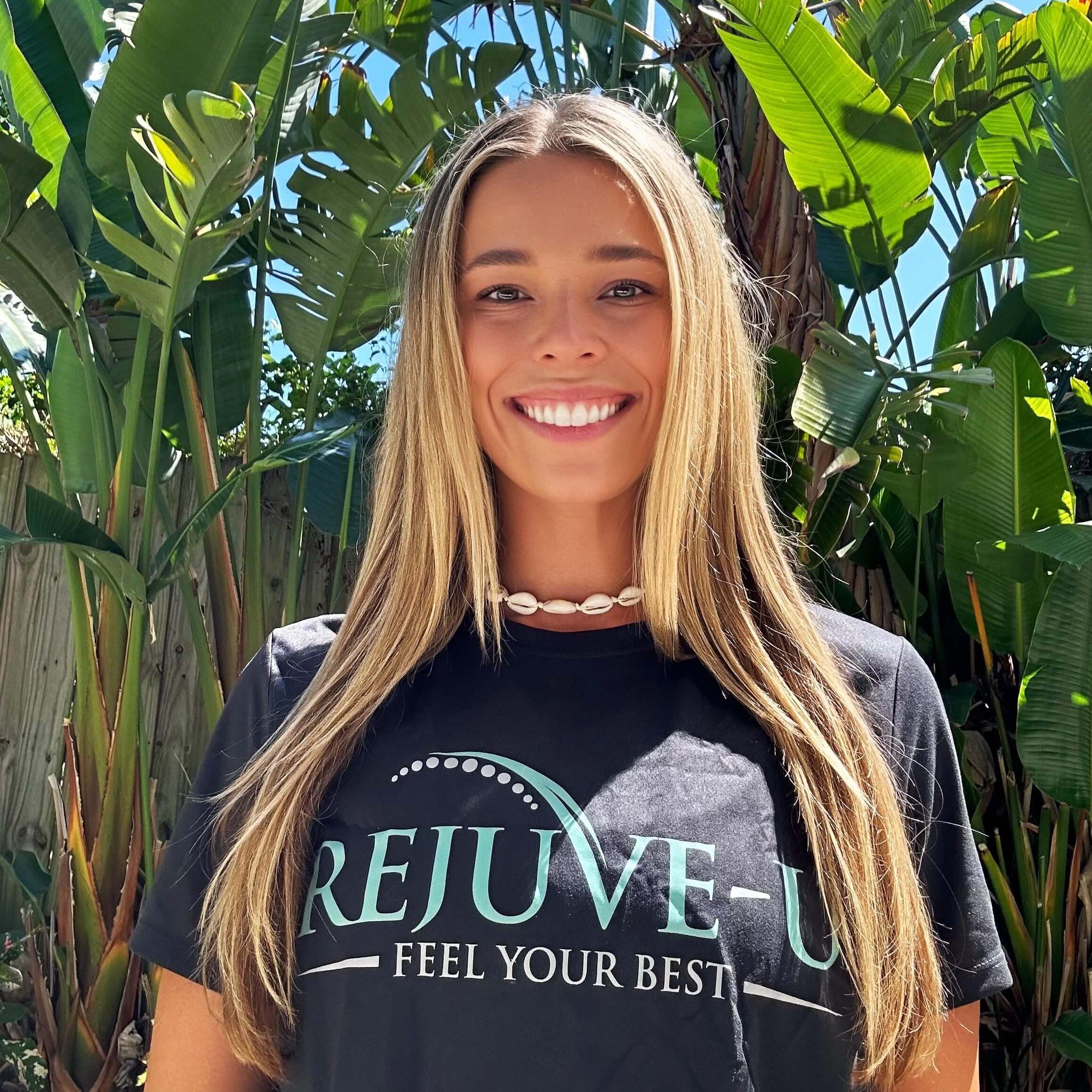
Alaina Curry, DPT, CSCS
Alaina Curry is a founding member of SaltWrap's Clinical Advisory Board and one of South Florida’s most in-demand physical therapists.
A lifelong athlete and former NCAA All-American in Women’s Soccer, she became a Certified Strength and Conditioning Specialist to help athletes of all ages come back stronger – and unlock peak performance – after injuries.
Today, Alaina treats a diverse clientele wanting to lead an active, pain-free lifestyle. If you’re interested in becoming a potential client, go here now to learn more.
Founder: Scott Hogan

I created SaltWrap to bring together the most practical ideas in therapeutic sports nutrition, corrective exercise, and functional fitness — with the goal of keeping you (and myself) strong, mobile, and built to last.
I've worked as an A.C.E. Certified Personal Trainer, Orthopedic Exercise Specialist, and nutritional supplement formulator.
But more importantly — I've spent most of my life battling injuries, joint pain, and just being plain beat up. So I know what it's like to struggle toward fitness goals.
SaltWrap is here to push you through injuries, setbacks and perceived physical limitations. To a place beyond what you think you're capable of. Sign up here to stay in the loop.
Learn more about my best-selling injury prevention and recovery book, Built from Broken.


